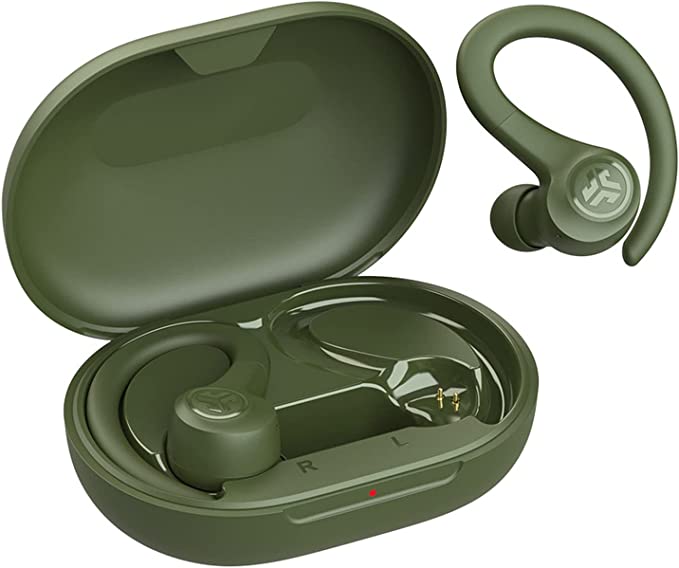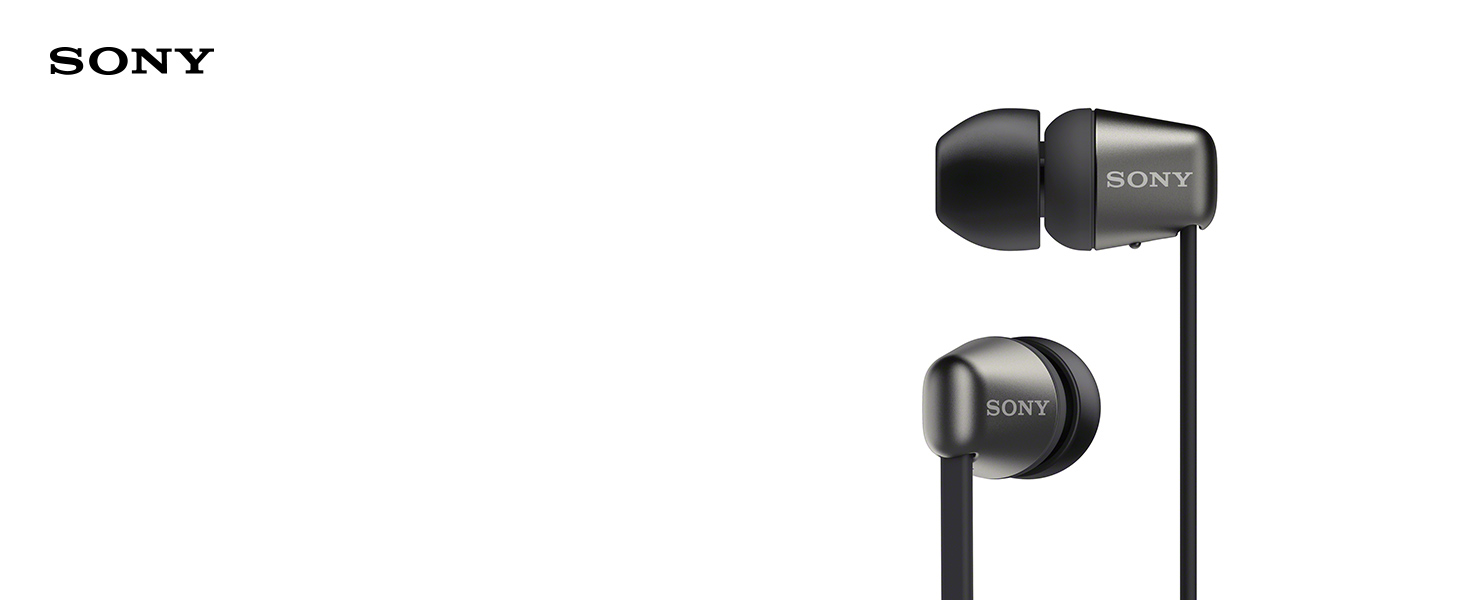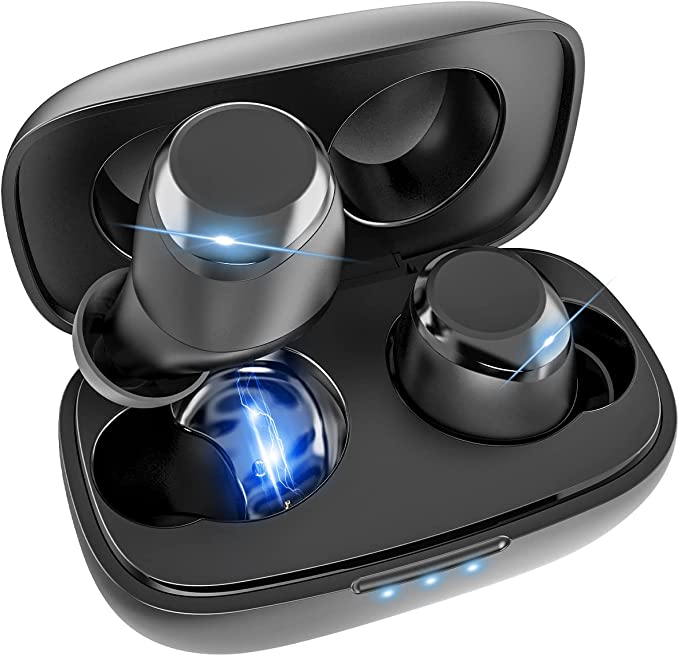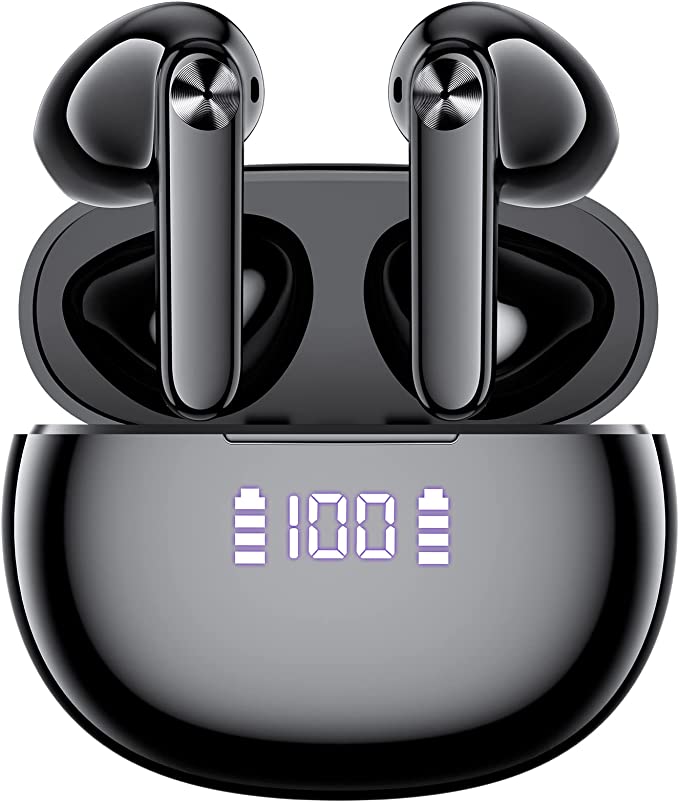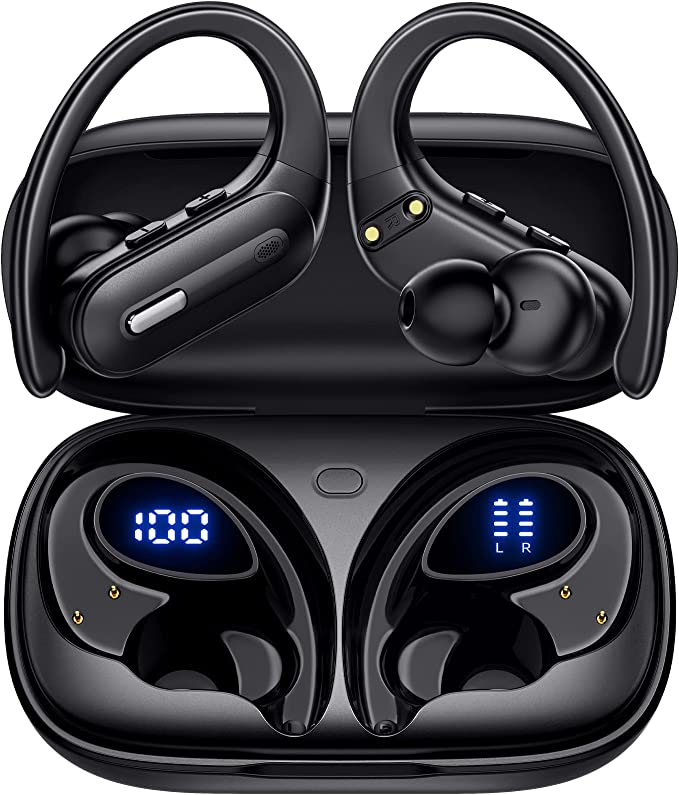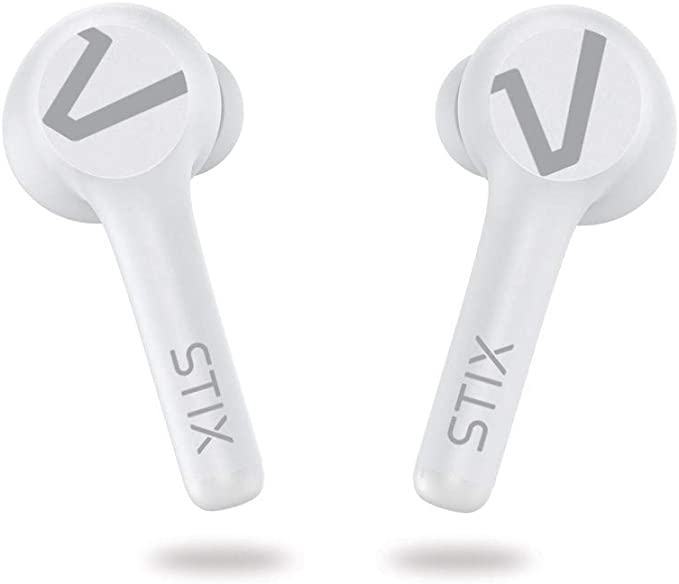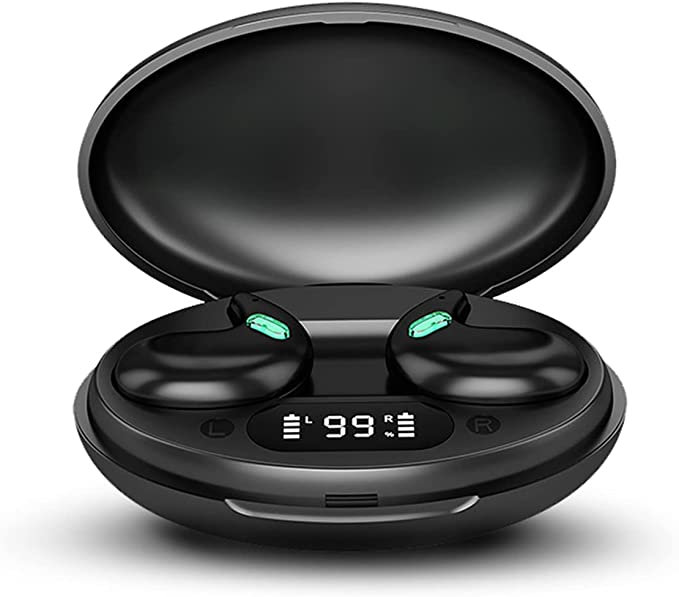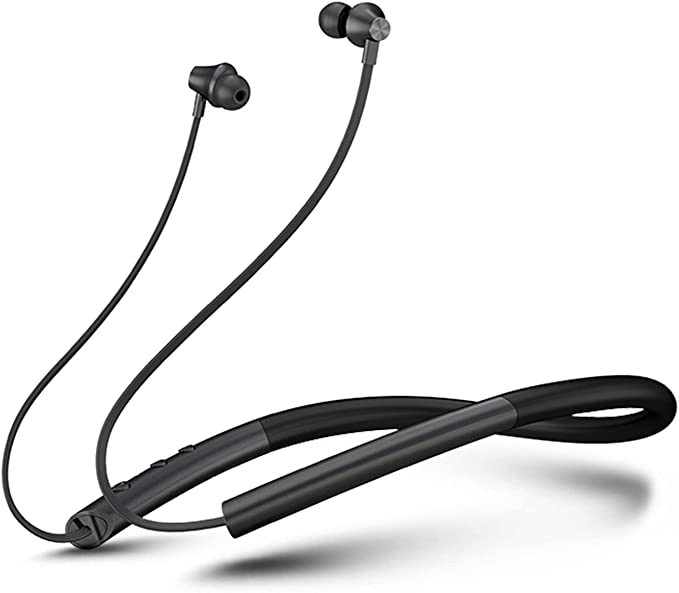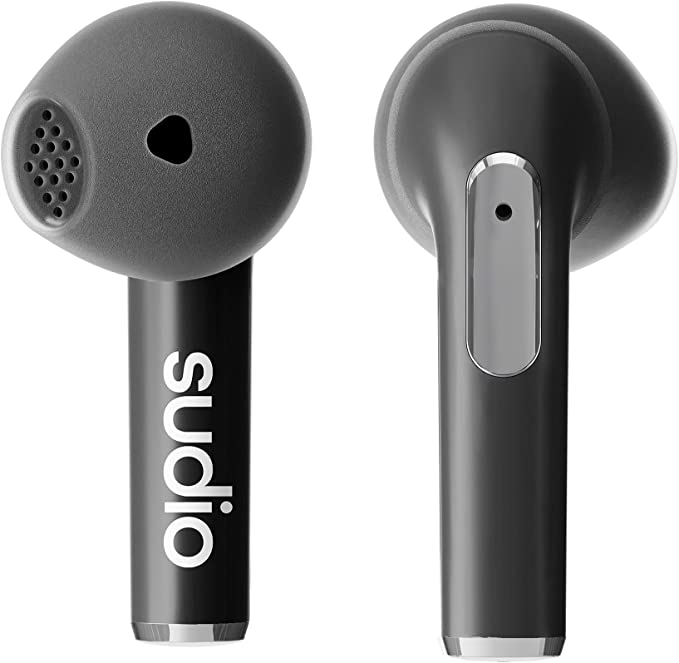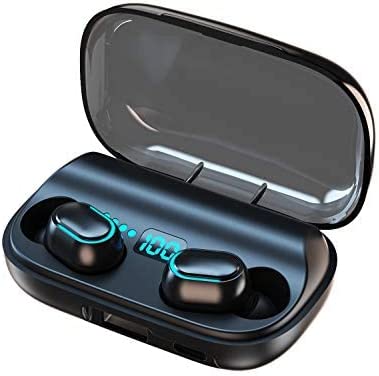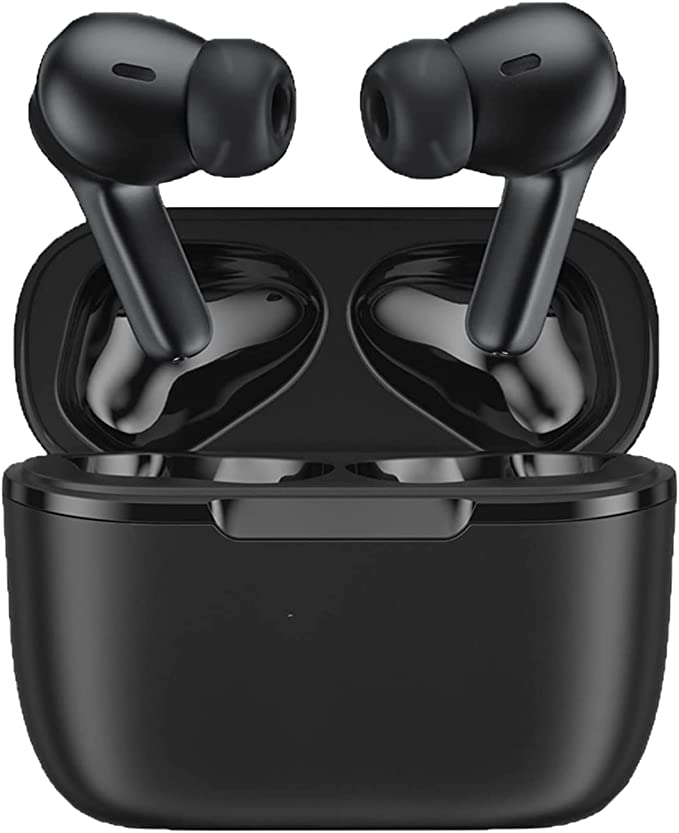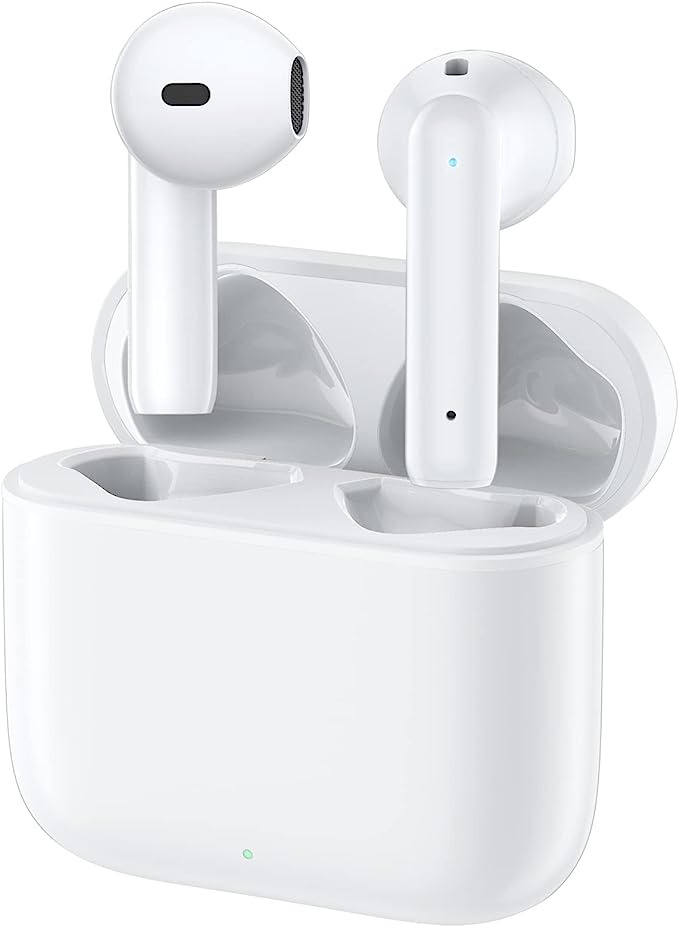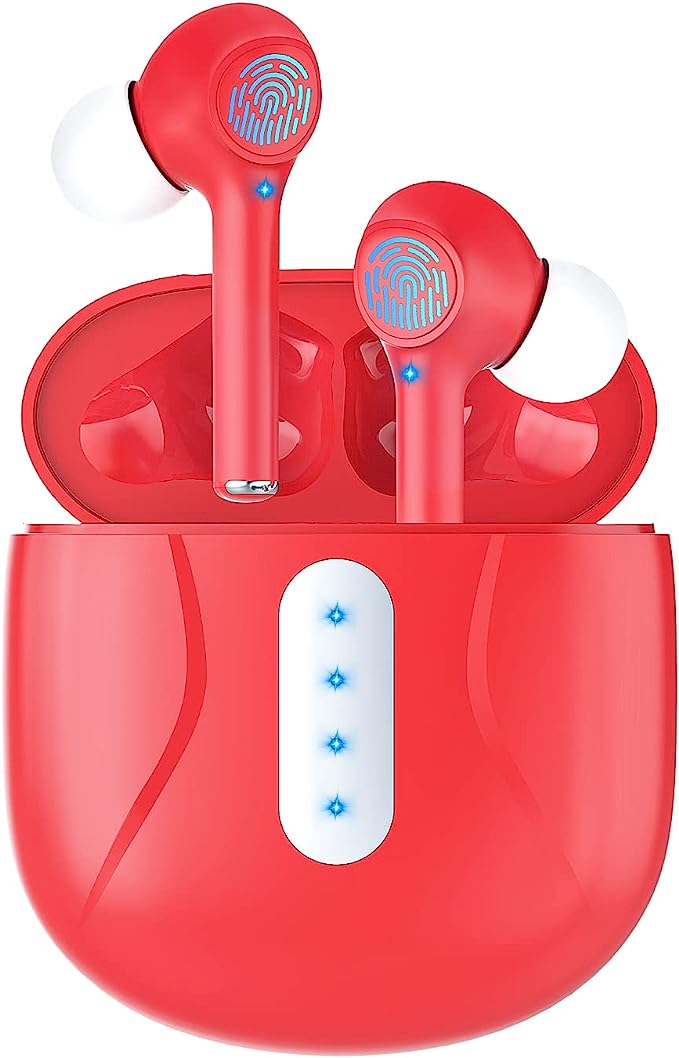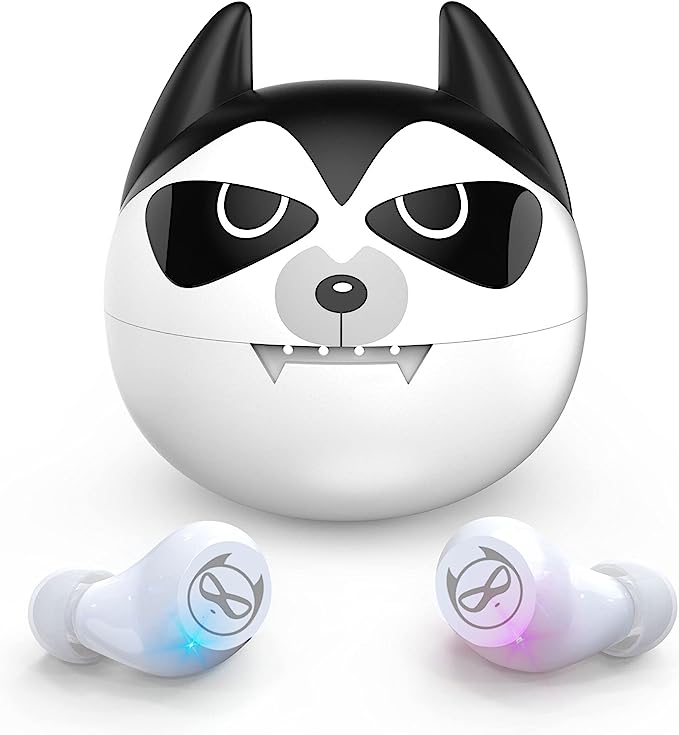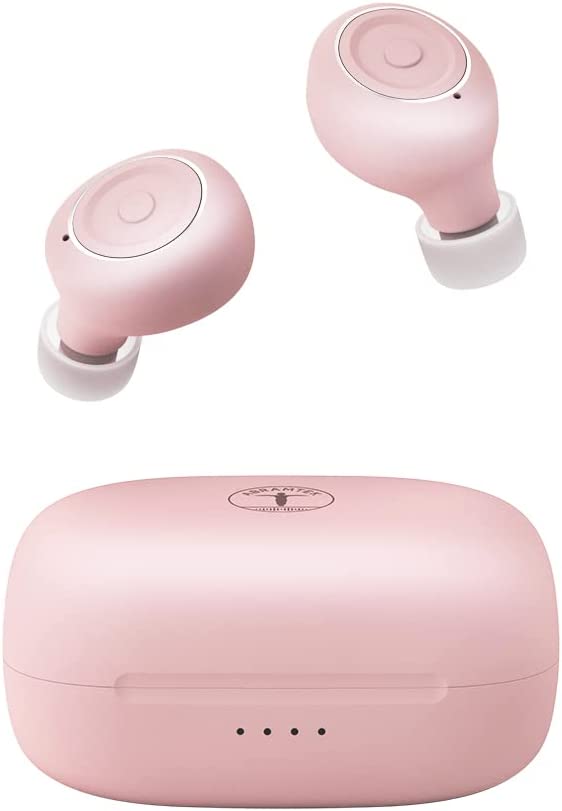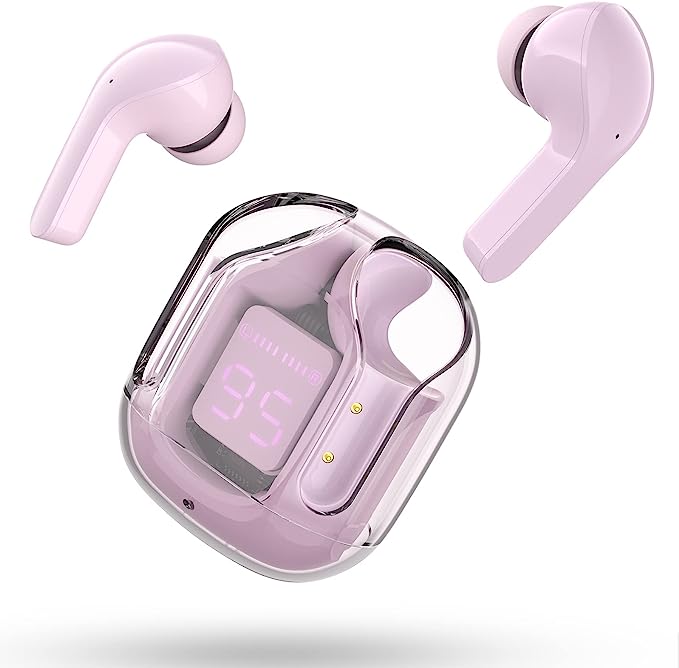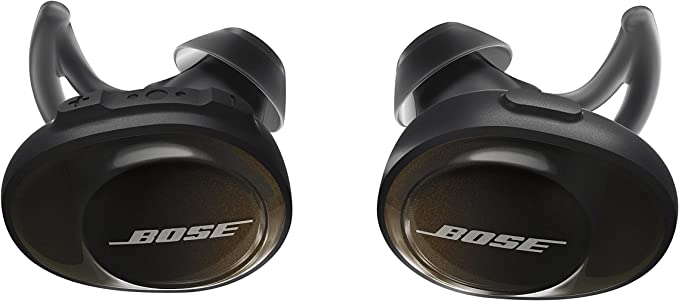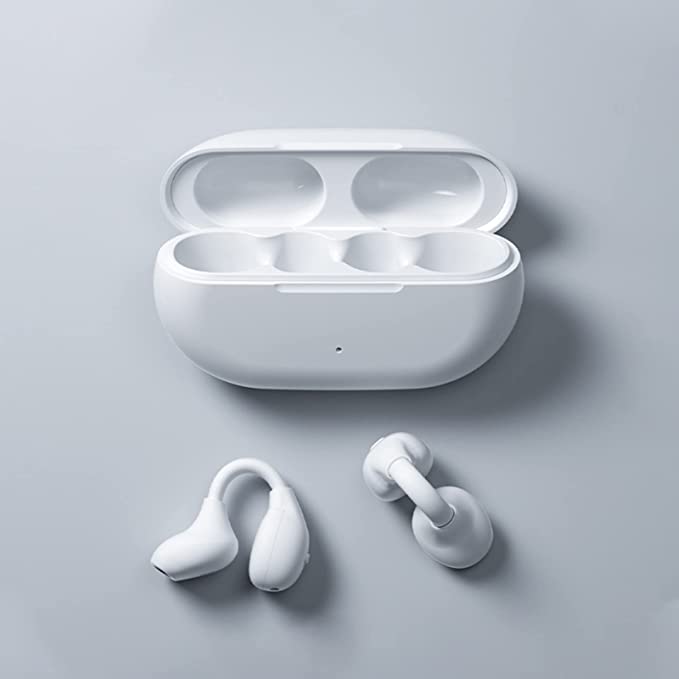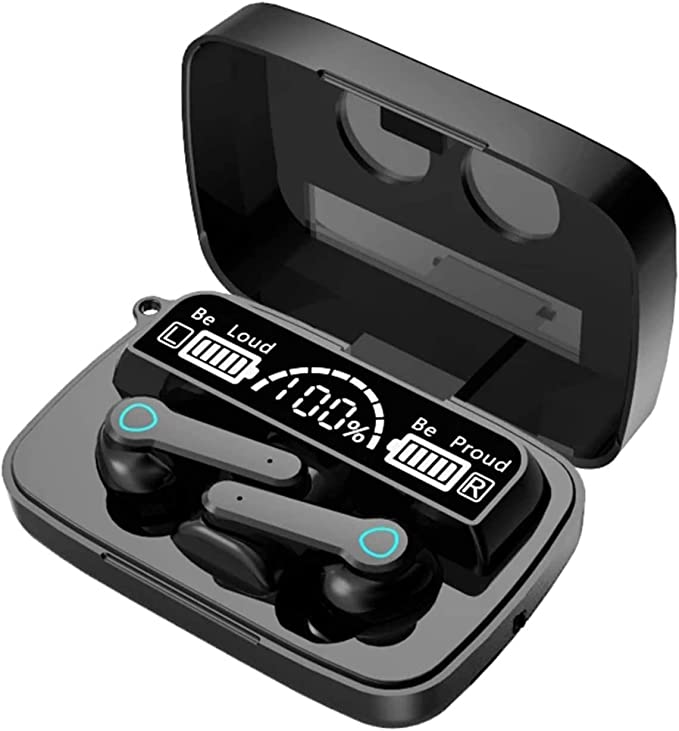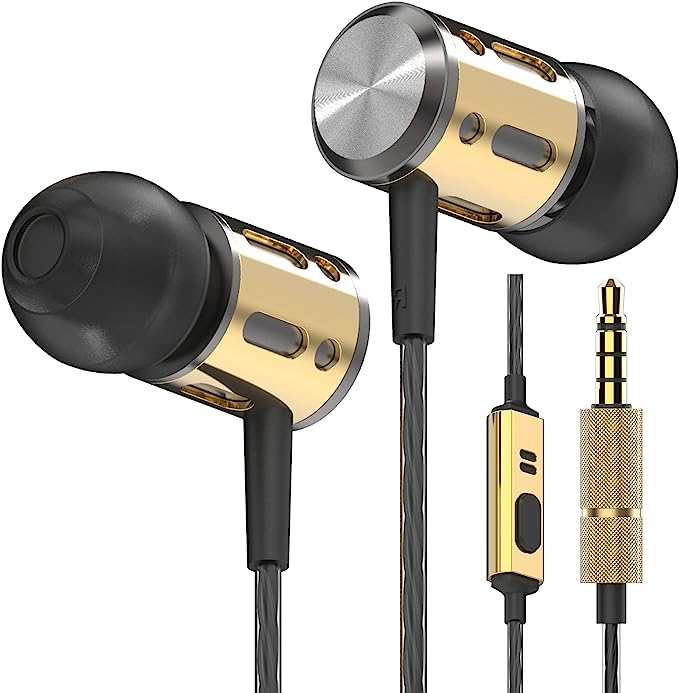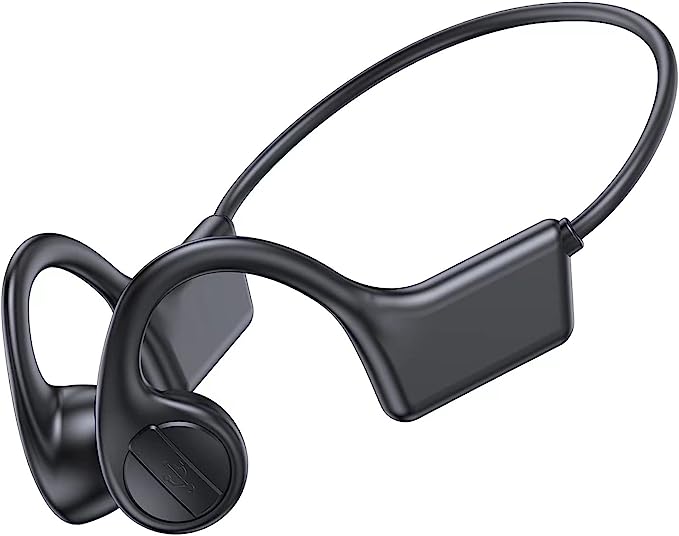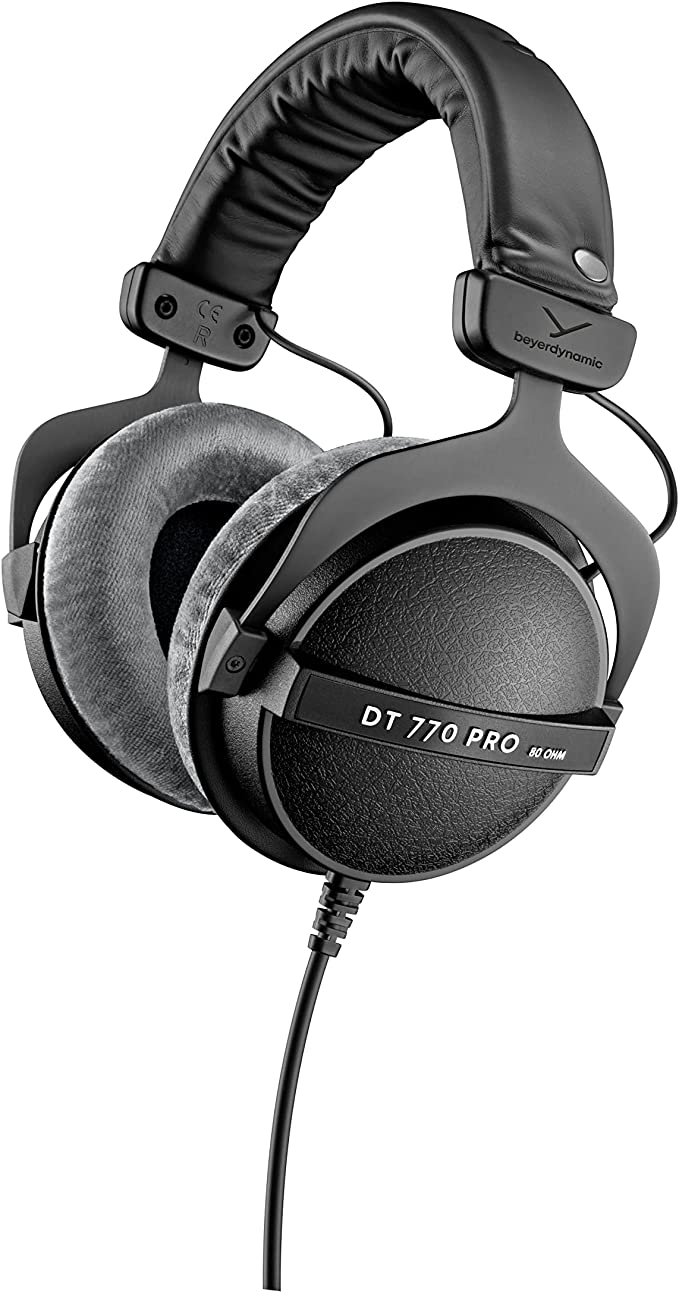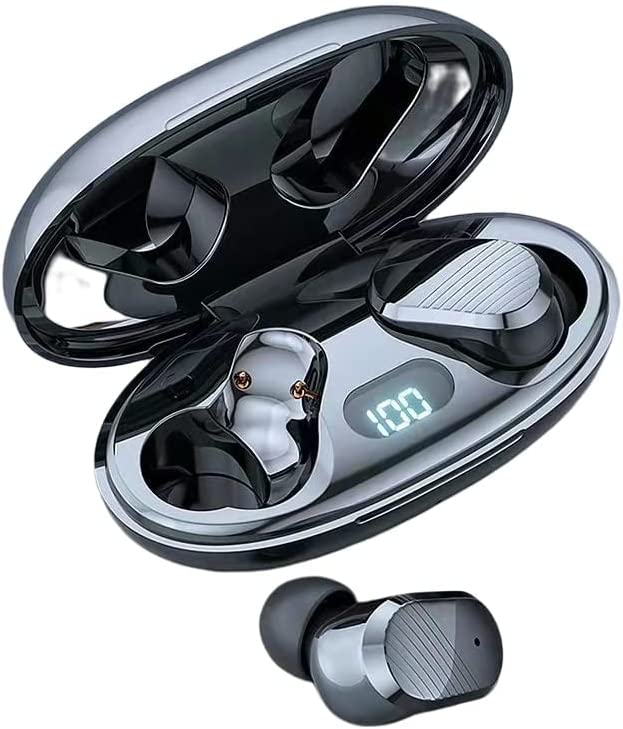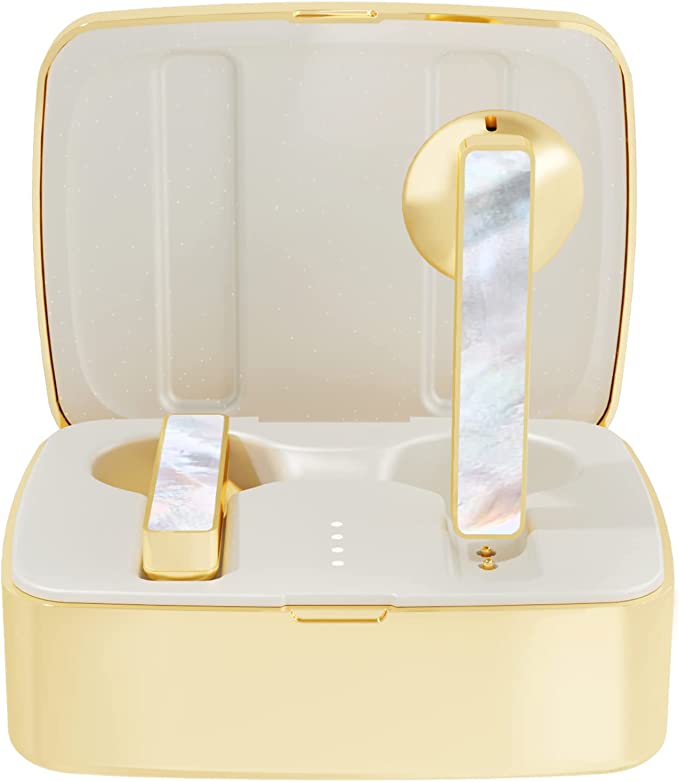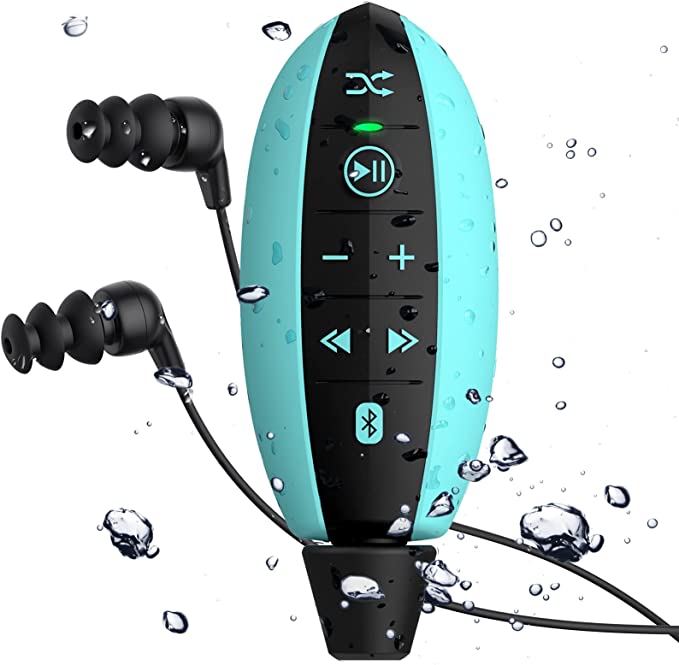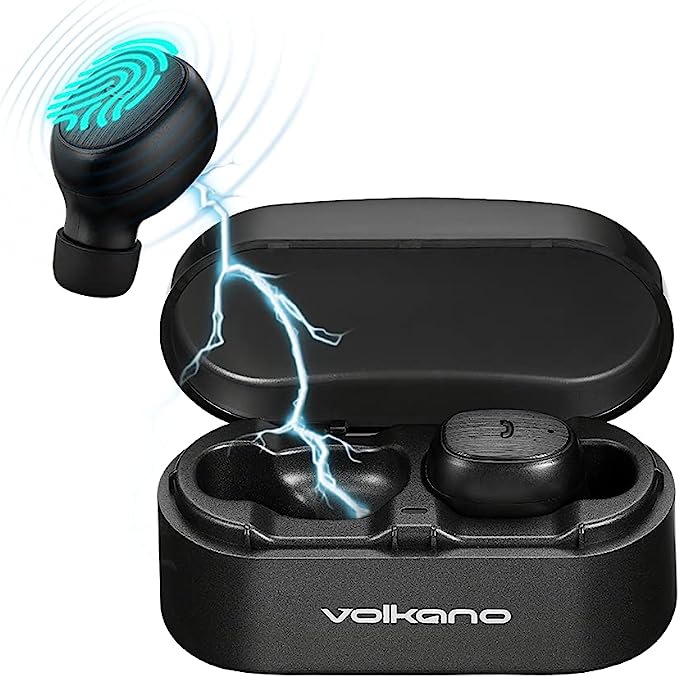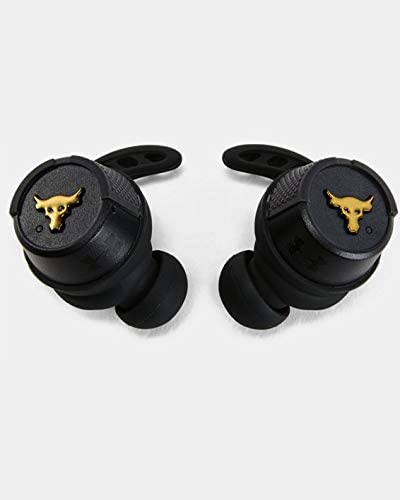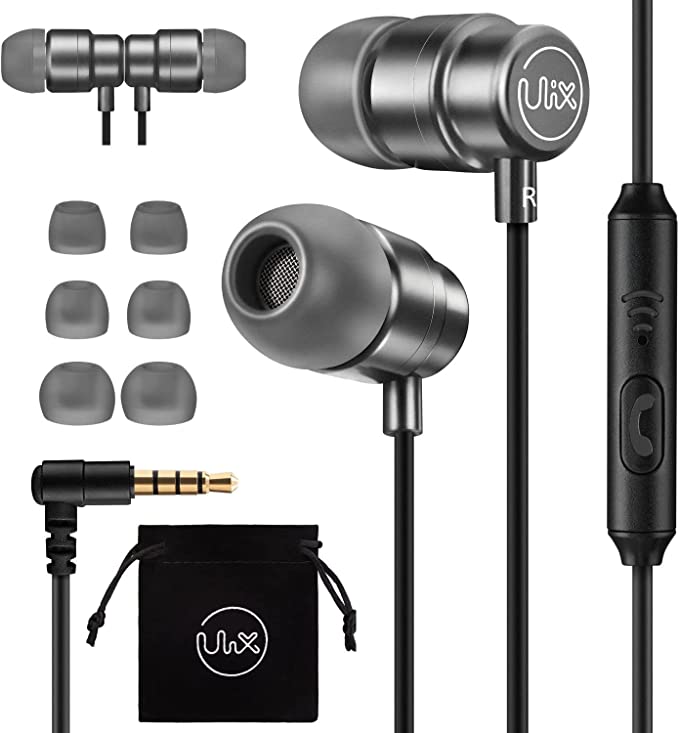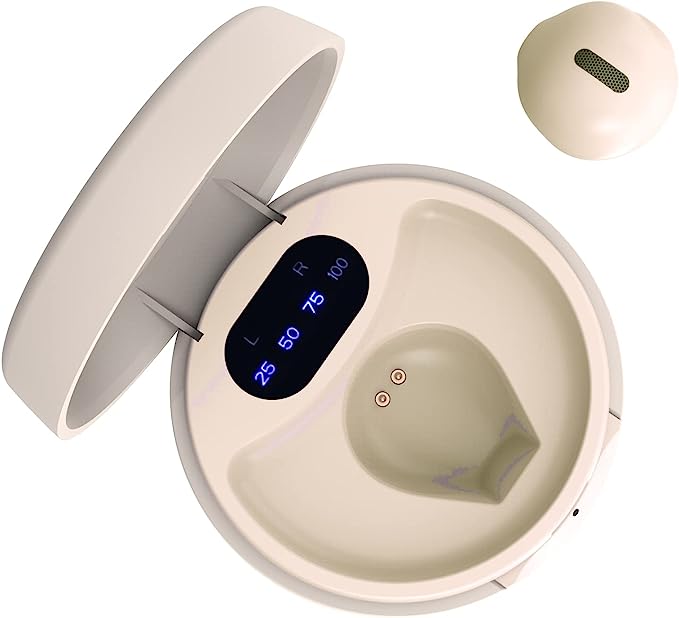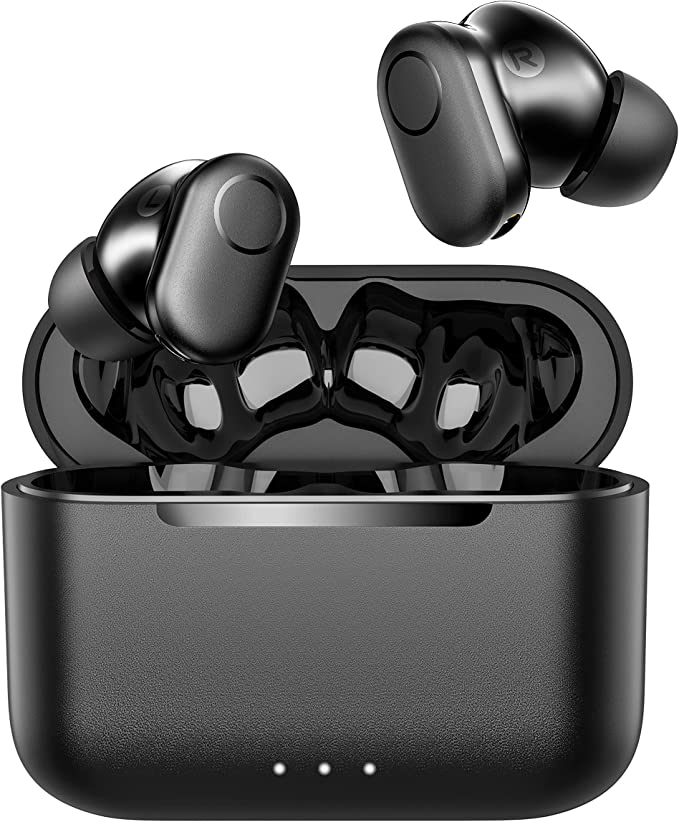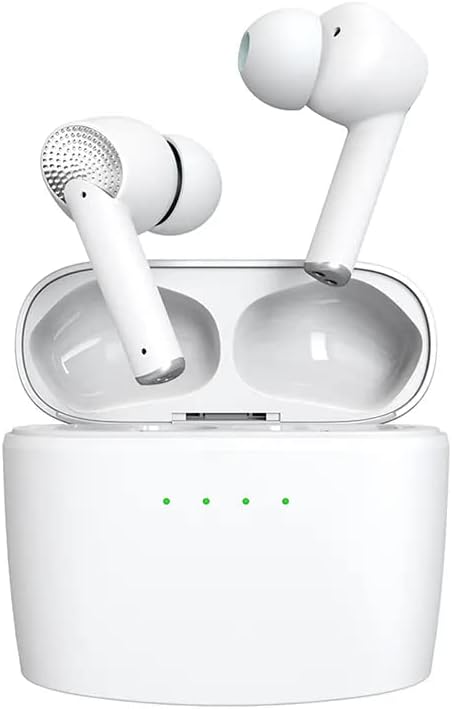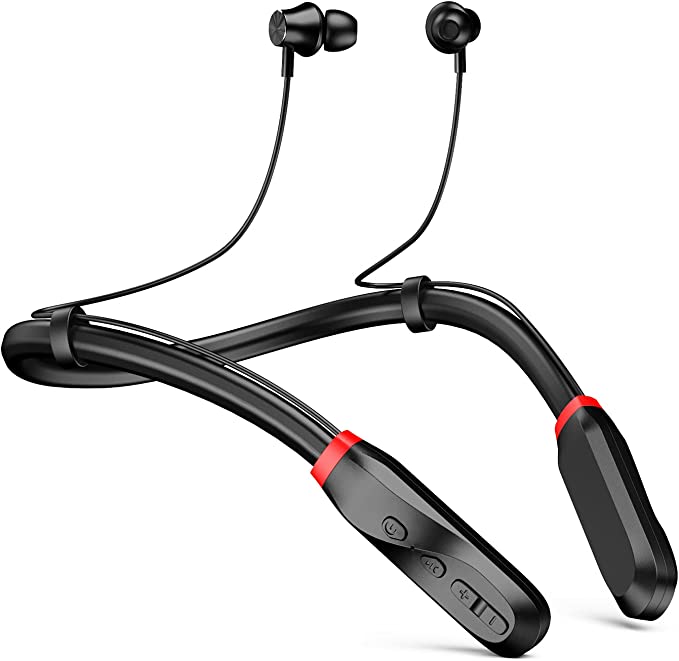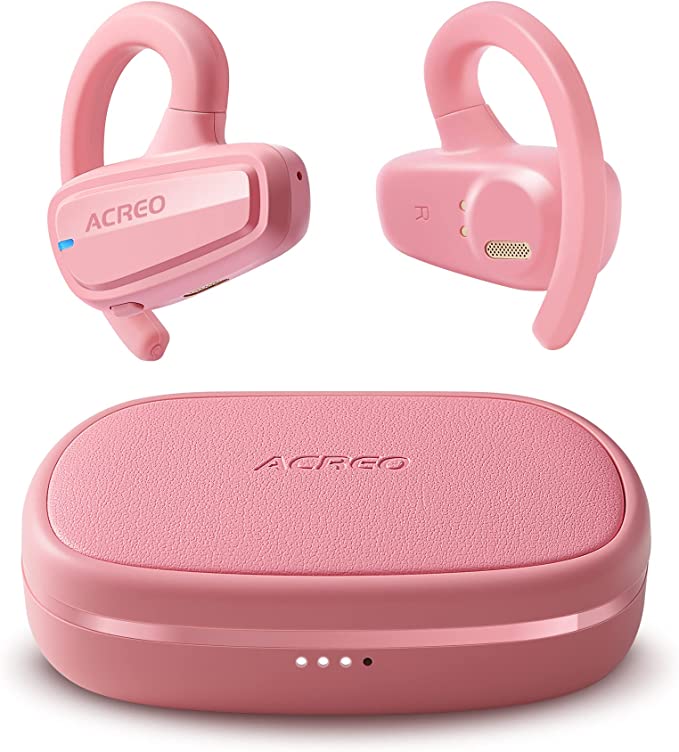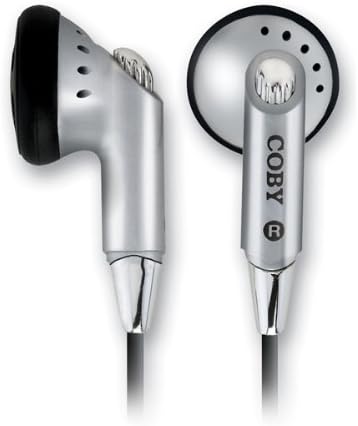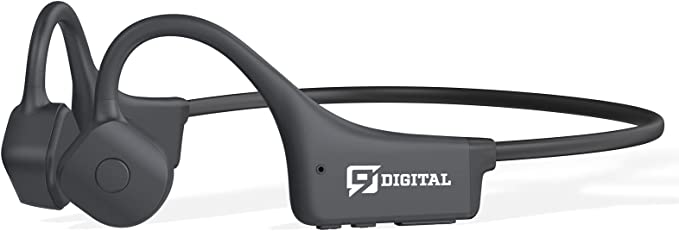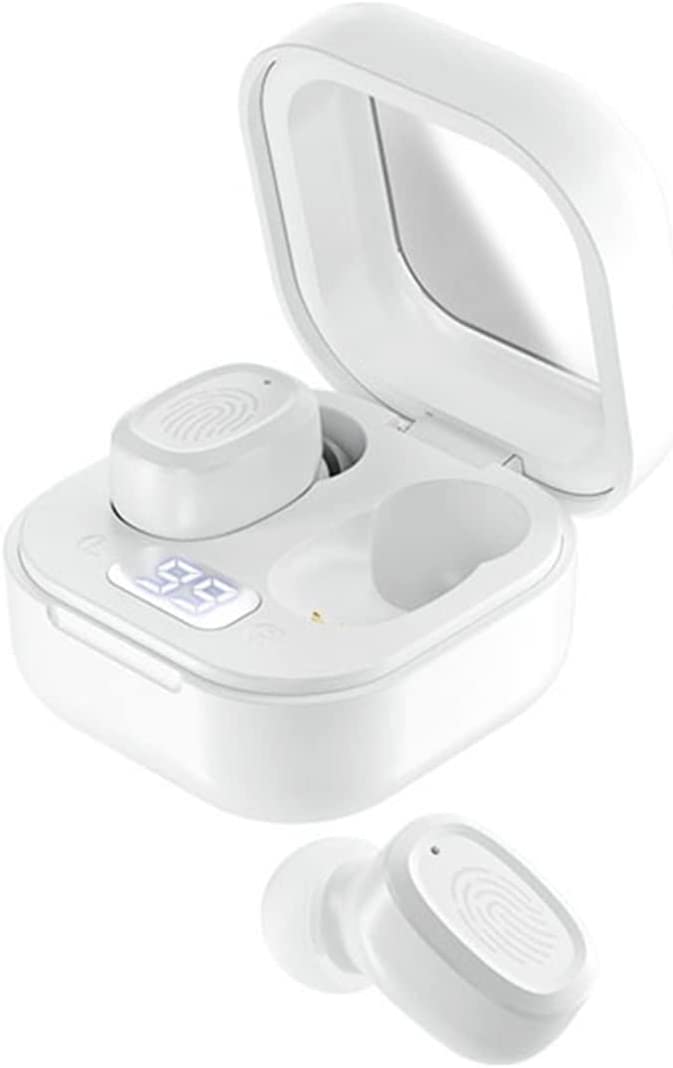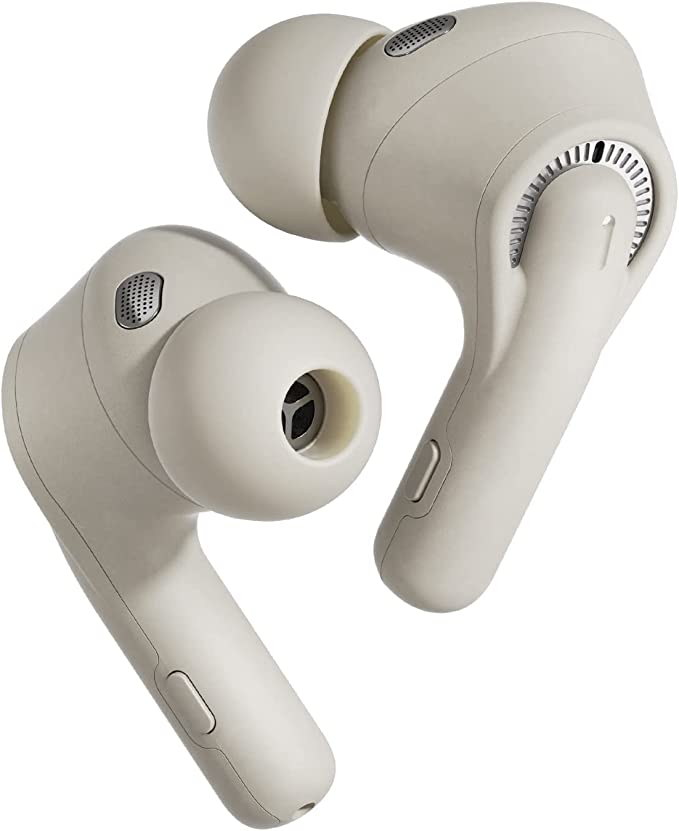BoomPods Sportpods TWS: Stay-Put Wireless Sound for Your Toughest Workouts
Update on March 8, 2025, 5:51 a.m.
We’ve all been there. You’re halfway through your run, feeling the rhythm, pushing your limits… and then pop. One of your earbuds decides to make a break for freedom, bouncing down the pavement. Or maybe you’re at the gym, focused on your reps, only to have your workout soundtrack interrupted by the constant readjustment of slipping earbuds. It’s a frustratingly common experience, and it highlights a fundamental challenge in headphone design: how to create a secure and comfortable fit for everyone, even during intense physical activity.
The rise of wireless earbuds has been a game-changer for active individuals. No more tangled wires to snag on equipment or get in the way of your movements. But that freedom comes with a new set of challenges. How do you keep these tiny devices securely in your ears without sacrificing comfort or sound quality?
Enter the BoomPods Sportpods TWS. These wireless earbuds are specifically designed to address the “earbud ejection” problem, offering a combination of features aimed at keeping your music playing, no matter how intense your workout gets. But before we dive into the specifics of these earbuds, let’s explore why this is such a common issue in the first place.

Staying Put: The Science of a Secure Fit
The human ear is a remarkably complex structure, and its shape varies considerably from person to person. This natural variation makes it difficult to design a “one-size-fits-all” earbud that stays securely in place for everyone. Several factors contribute to earbuds falling out:
- Ear Canal Shape: The ear canal isn’t a perfectly straight tube; it has curves and variations in diameter. A poorly fitting earbud won’t create a proper seal, making it prone to slipping.
- Movement: During exercise, the jaw moves, the head turns, and the body impacts the ground. These movements can dislodge earbuds, especially if they don’t have a secure anchoring mechanism.
- Sweat: Sweat acts as a lubricant, reducing friction and making it easier for earbuds to slide out.

The BoomPods Sportpods TWS tackles these challenges with a two-pronged approach: ear hooks and customizable ear tips. The soft, flexible ear hooks wrap around the outer ear, providing a secure anchor point that distributes the weight of the earbud and prevents it from being easily dislodged. Think of it like the difference between holding a small object with just your fingertips versus using your whole hand. The larger contact area provides a much more secure grip.
But the ear hooks are only half the story. The Sportpods also come with three different sizes of silicone ear tips. This is crucial because finding the right fit is essential for both comfort and sound quality. A well-fitting ear tip creates a seal within the ear canal, preventing the earbud from moving around and blocking out external noise. This seal also significantly improves the bass response, as we’ll discuss later. Imagine trying to listen to music through a speaker with a hole in the cabinet – the bass would be weak and the overall sound would be tinny. The same principle applies to earbuds: a tight seal is essential for delivering the full range of sound. The silicone material also provides a comfortable, slightly “grippy” surface that helps further secure the fit, even when you start to sweat.
Scenario: Imagine you’re running on a wooded trail. You’re navigating uneven terrain, leaping over roots, and dodging low-hanging branches. With standard earbuds, this kind of dynamic movement would almost certainly lead to a lost earbud. But with the Sportpods’ ear hooks and secure ear tip fit, your music stays with you, providing the soundtrack to your adventure.

Sweat, Rain, and IPX5: Understanding Water Resistance
If you’re serious about your workouts, you’re going to sweat. And if you enjoy outdoor activities, you’re bound to encounter rain, splashes, or even the occasional unexpected dunk. That’s why water resistance is a critical feature for sports headphones. But what does it actually mean when a product is labeled “water-resistant”?
The key is understanding the IP rating system. IP stands for “Ingress Protection,” and it’s an international standard used to define levels of sealing effectiveness of electrical enclosures against intrusion from foreign bodies (like dust and dirt) and moisture. The rating consists of two digits: the first digit indicates protection against solid particles, and the second digit indicates protection against liquids. The BoomPods Sportpods TWS have an IPX5 rating. Let’s break that down:
- IP: Ingress Protection (the standard)
- X: This means the product hasn’t been formally tested for protection against solid particles (dust). While this doesn’t mean it’s not dust-resistant, it simply hasn’t been certified. In the context of earbuds, dust protection is generally less critical than water resistance.
- 5: This is the important part. A “5” rating for liquid protection means the device can withstand water jets from any direction. Specifically, it’s tested with water projected by a 6.3 mm nozzle at a flow rate of 12.5 liters per minute, at a pressure of 30 kPa, from a distance of 3 meters, for at least 3 minutes.
What does this mean in practical terms? It means the Sportpods TWS are more than capable of handling sweat, even during intense workouts. They can also withstand rain, splashes, and even a brief, accidental rinse under a faucet (though it’s always best to avoid unnecessary exposure to water). You wouldn’t want to take them swimming – that requires a higher IP rating (IPX7 or IPX8, which indicate protection against immersion) – but for most land-based activities, IPX5 provides ample protection.
Scenario: Imagine you’re hiking on a beautiful mountain trail. The weather is unpredictable, and suddenly, you’re caught in a downpour. With IPX5-rated earbuds, you can keep listening to your music or podcast without worrying about damaging your headphones. The rain might be inconvenient, but your audio experience remains uninterrupted.
The Wireless Symphony: Bluetooth 5.0 and Sound Quality
The Sportpods TWS aren’t just about staying put and resisting the elements; they’re also about delivering a quality audio experience. This relies on two key factors: the wireless connection (Bluetooth) and the design of the earbuds themselves.
Let’s start with Bluetooth. This technology, which allows devices to communicate wirelessly over short distances, has a surprisingly long history. It was first conceived in the 1990s, with the name inspired by a 10th-century Danish king, Harald “Bluetooth” Gormsson, who united various Scandinavian tribes. Just like the king, Bluetooth technology was designed to unite different communication protocols.
The “5.0” in Bluetooth 5.0 refers to the version of the standard. Each new version brings improvements in speed, range, and power efficiency. Compared to older versions like Bluetooth 4.2, Bluetooth 5.0 offers:
- Faster Data Transfer: This means less lag and a more stable connection, reducing the likelihood of dropouts or interruptions in your music.
- Longer Range: While the actual range depends on the environment and the devices involved, Bluetooth 5.0 theoretically offers a significantly longer range than its predecessors. This is less critical for earbuds (since your phone is usually close by), but it contributes to overall connection stability.
- Lower Power Consumption: This is a major benefit for battery-powered devices like earbuds. Bluetooth 5.0 is more energy-efficient, allowing for longer listening times on a single charge.
- Dual Audio: (not all devices has this feature) connect two sets of headphones at once.
But a strong wireless connection is only half the battle. The earbuds themselves need to be capable of producing high-quality sound. The Sportpods TWS use what are likely dynamic drivers. These are the most common type of headphone driver, and they work by using a diaphragm (a thin, flexible membrane) that vibrates to create sound waves. A voice coil, attached to the diaphragm, is suspended in a magnetic field. When an electrical signal passes through the voice coil, it creates a varying magnetic field that interacts with the permanent magnet, causing the diaphragm to move back and forth. This movement pushes air, creating the sound waves that we hear.
The in-ear design of the Sportpods TWS also plays a crucial role in sound quality. By creating a seal within the ear canal, the earbuds provide passive noise isolation. This means they physically block out external sounds, allowing you to hear your music more clearly and at a lower volume (which is better for your hearing health). This is different from active noise cancellation (ANC), which uses microphones and electronic processing to actively counteract external sounds. While ANC is effective, it also requires more power and can sometimes affect the sound quality. Passive noise isolation, on the other hand, is a simpler and often more energy-efficient approach.
Scenario: Imagine you’re working out in a busy gym. There’s the clang of weights, the whir of treadmills, and the chatter of other people. With standard earbuds, you might have to crank up the volume to overcome the background noise. But with the Sportpods TWS’s noise isolation, you can enjoy your music at a more comfortable and safer listening level, while still being able to focus on your workout.

Power and Control: Battery Life and Touch Gestures
The freedom of wireless earbuds comes with the responsibility of keeping them charged. The Sportpods TWS address this with a charging case, a compact and portable power bank for your earbuds. The case itself contains a battery that can recharge the earbuds multiple times, extending your total listening time significantly. While the earbuds themselves offer up to five hours of playtime on a single charge, the actual battery life can vary depending on factors like volume level, Bluetooth connection stability, and even the ambient temperature. The charging case provides a convenient way to keep your earbuds topped up throughout the day, so you’re less likely to run out of power unexpectedly.
The Sportpods TWS also feature touch controls, allowing you to manage your music and calls without having to reach for your phone. A series of taps on the earbuds can control playback (play/pause), adjust volume, skip tracks, and answer or reject calls. However, it’s worth noting that some user reviews have mentioned that the touch controls can be a bit sensitive or finicky, requiring some practice to master. This is a common challenge with touch-based controls on small devices, as the surface area for interaction is limited.
Scenario: Imagine you’re on a long commute, using your earbuds to listen to podcasts or audiobooks. When the battery starts to get low, you simply pop the earbuds back into their case for a quick recharge. You don’t need to find a power outlet or carry a separate charger. The charging case provides a seamless and convenient way to extend your listening time.
Behind the Design
Boompods’ design philosophy is rooted in creating products that are rugged, functional, and aesthetically pleasing. Their emphasis is on providing practical solutions for everyday challenges.

The Future of Wireless Audio (and the Sportpods’ Place in It)
The world of wireless audio is constantly evolving. We’re seeing advancements in areas like lossless audio transmission over Bluetooth, which promises to deliver even higher fidelity sound quality. AI-powered features are also becoming increasingly common, with earbuds that can automatically adjust their sound based on your environment or even translate languages in real-time.
While the BoomPods Sportpods TWS may not be at the absolute cutting edge of all these advancements, they offer a compelling combination of features for their price point. They provide a secure and comfortable fit, reliable water resistance, good sound quality, and convenient controls, making them a solid choice for active individuals who want a hassle-free wireless audio experience. They represent a good balance of practicality, performance, and value in the current market.
